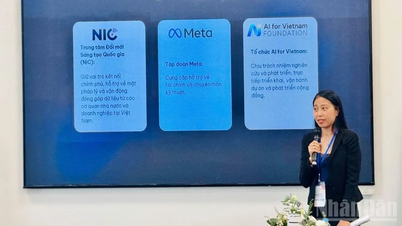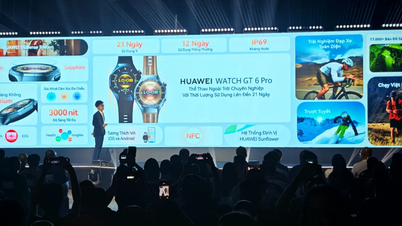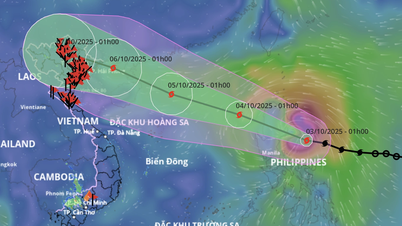Should we use wireless charging is a question many people ask as this technology becomes more and more popular.
Wireless charging first appeared on the iPhone 8, quickly became popular with users because of its convenience and has now become one of the most advanced battery charging technology trends.

Wireless charging allows the device to charge without plugging the charging cable directly into the port.
Simply put, wireless charging allows the device to charge without plugging the charging cable directly into the port. Users just need to place the phone, headset or smart watch on the charging dock, the charging process will automatically take place. The operating principle is based on the magnetic field: When the charging dock is powered, it creates an induction magnetic field, affecting the conductive coil inside the device to generate an electric current, thereby charging the battery.
Benefits of wireless charging
First of all, wireless charging offers the ultimate in convenience. You no longer have to fiddle with cables, just set it down to charge and pick it up to use. Many charging docks also allow you to charge 2-3 devices at the same time, making your desk or nightstand look neater.
Second, this technology helps reduce the risk of damage to the charging port due to repeated plugging and unplugging, while also limiting the risk of electric leakage from poor quality charging cables. In many cases, wireless charging also helps prevent minor accidents, such as accidentally getting tangled in the cord and causing the phone to fall.
In particular, with MagSafe technology specifically for iPhone, the charging experience is even smoother thanks to the magnetic mechanism that helps accurately position the charging dock and the back of the device.
Limitations of wireless charging
Despite its convenience, wireless charging still has some significant limitations:
- Causes overheating: Due to the large contact area between the phone and the charging dock, the energy transfer process generates more heat than wired charging. Although this heat level is within safe limits, users may feel worried when the device heats up quickly in the initial stages of charging.
- Slower charging speeds: The current maximum power is only 15W. According to MacRumors' testing, the iPhone 12 Pro took about 28 minutes to charge 50% with a cable, but up to an hour with MagSafe wireless charging. While MagSafe is twice as fast as older Qi technology, it still has a hard time competing with wired charging.
- Difficult to use the device while charging: Unlike wired charging, which allows you to use it while plugged in, when charging wirelessly, the phone must be fixed on the dock. Although MagSafe has partly solved this problem, other devices are generally still inconvenient.
- High price: Most phones that support wireless charging are in the high-end segment. In addition, genuine or Apple-certified MagSafe charging docks cost from several hundred thousand to millions of VND, making many people consider before investing.
Should I use wireless charging?
Whether or not to use wireless charging depends on each person's needs. If you value convenience, neatness and want to minimize the risk of damaging the charging port, this is an option worth considering. On the contrary, if you prioritize fast charging speed and cost savings, wired charging is still a more reasonable option.
Regardless of the choice, users should prioritize genuine or certified products to ensure safety for both the device and themselves.
Source: https://vtcnews.vn/co-nen-su-dung-sac-khong-day-ar966725.html






![[Photo] Binh Trieu 1 Bridge has been completed, raised by 1.1m, and will open to traffic at the end of November.](https://vphoto.vietnam.vn/thumb/1200x675/vietnam/resource/IMAGE/2025/10/2/a6549e2a3b5848a1ba76a1ded6141fae)























































































Comment (0)